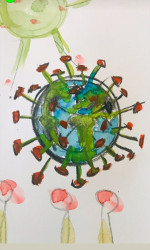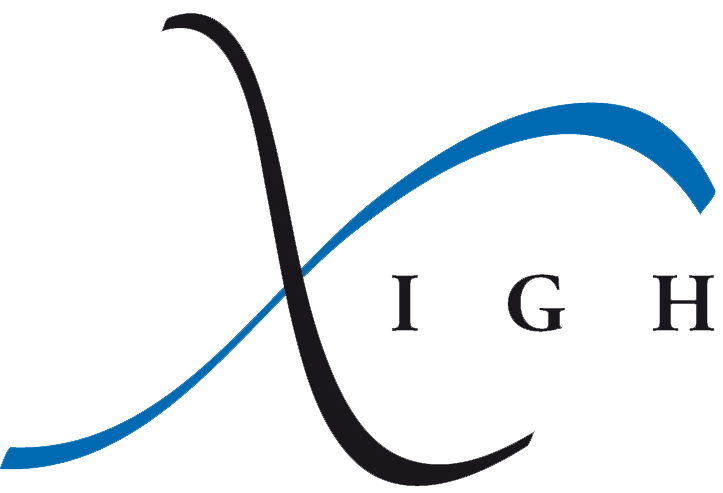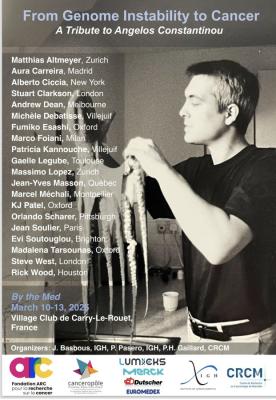During the developing COVID-19 pandemic the Institute of Human Genetics and its researchers are playing their part in tackling the virus.
We have set 2 objectives.
The first concerns the optimization of the RT-PCR test by eliminating the RNA extraction step from patient samples and the miniaturization of the test to allow the development of a new large-scale test based on massive sequencing and intended for screening the population.
The second, aimed at screening for antiviral activity using a targeted FDA-approved drugs. Thus, we isolated SARS-Cov-2 from patient nasopharyngeal sample, established an infectivity assay, TCID50 assay and viral RNA quantification
assay using RT-qPCR.
Thanks to Montpellier Biocampus MGX, , researchers from the LPHI and CEMIPAI facility we were able to successfully achieve our objectives.
Indeed, we have successfully developed a SARS-Cov-2 NGS based detection using nasopharyngeal swab samples (Figure 1). The procedure is currently under validation by the National Reference Center at the Pasteur institute in Parisinstitute in Paris. Our objective is transferring this technology to medical biology laboratories in order to perform large scale COVID-19 testing.
Our objective is transferring this technology to medical biology laboratories in order to perform large scale COVID-19 testing. Our screening using targeted FDA -approved drugs allowed us to identify two compounds with a strong antiviral activity in vitro (patent pending). We are currently exploring the molecular mechanism
-approved drugs allowed us to identify two compounds with a strong antiviral activity in vitro (patent pending). We are currently exploring the molecular mechanism
involved (Figure 2). Three IGH researchers, Clement Mettling (1), Gael Petitjean (2) and Monsef Benkirane, have worked around the clock to achieve these objectives. We are delighted to Laurence Berry and Talip Aydogan from the LPHI and Franck Godiard from the UM who performed electron microscopy on SARS-cov-2 particles and infected cells (Figure 3), Delphine Muriaux and Sébastien Lyonnais from CEMIPAI for performing Atomic force microscopy (Figure 4), Laurent Journot and all the members of the Montpellier GenomiX facility and Vincent Foulongne and Michel Segondy from the Montpellier Hospital for providing valuable patient samples. We are grateful to Olivier Schawartz from the Institut Pasteur for sharing A549 expressing ACE2 cells and Delphine Muriaux for sharing VeroE6 cells.
Great thanks to the CNRS president, Antoine Petit, André Le Bivic INSB director and Philippe Augé (University of Montpellier director). Finally, we are grateful to Frédérique Vidal, minister of high education and research, for her visit to IGH (3-5) and for the constructive discussions and support.

Clement Mettling

Gael Petitjean



Visite à l’IGH de madame Frédérique Vidal,
ministre de l’enseignement supérieur et de la Recherche
Illustration Covid-19 réalisée par Fabrice Hyber



